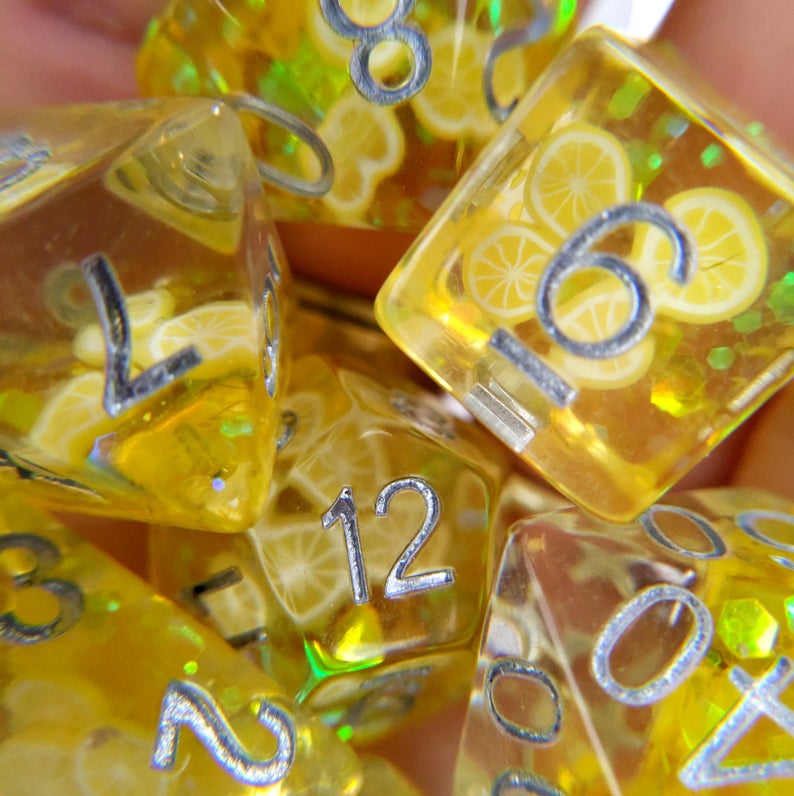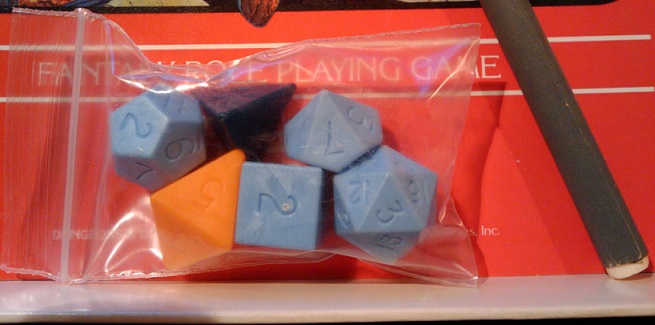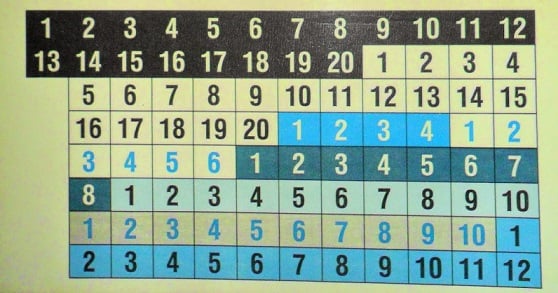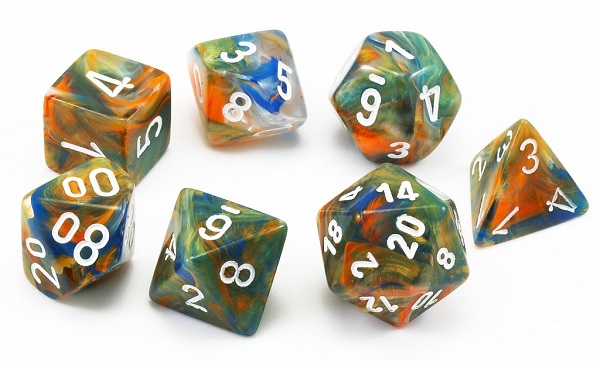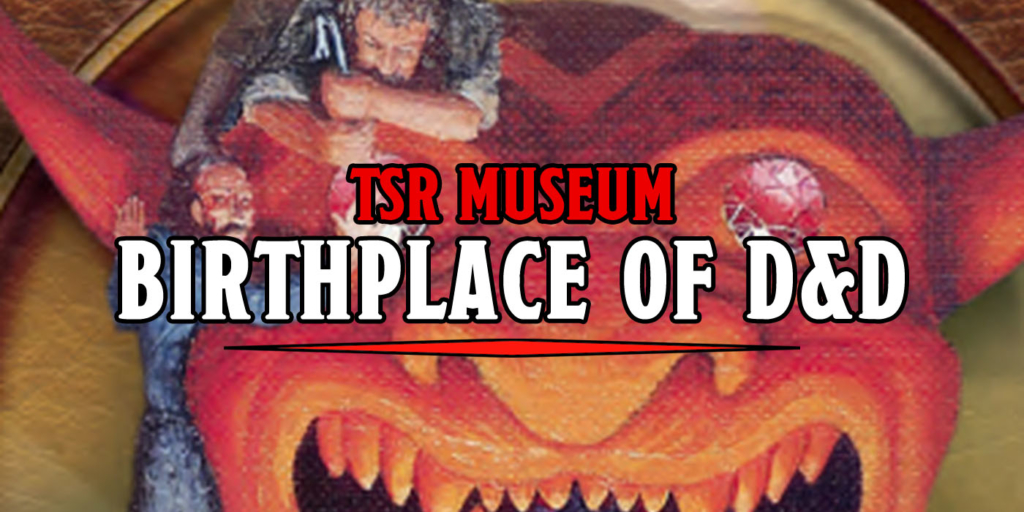BoLS Prime – The Time Dungeons & Dragons Created A Shortage Of Dice
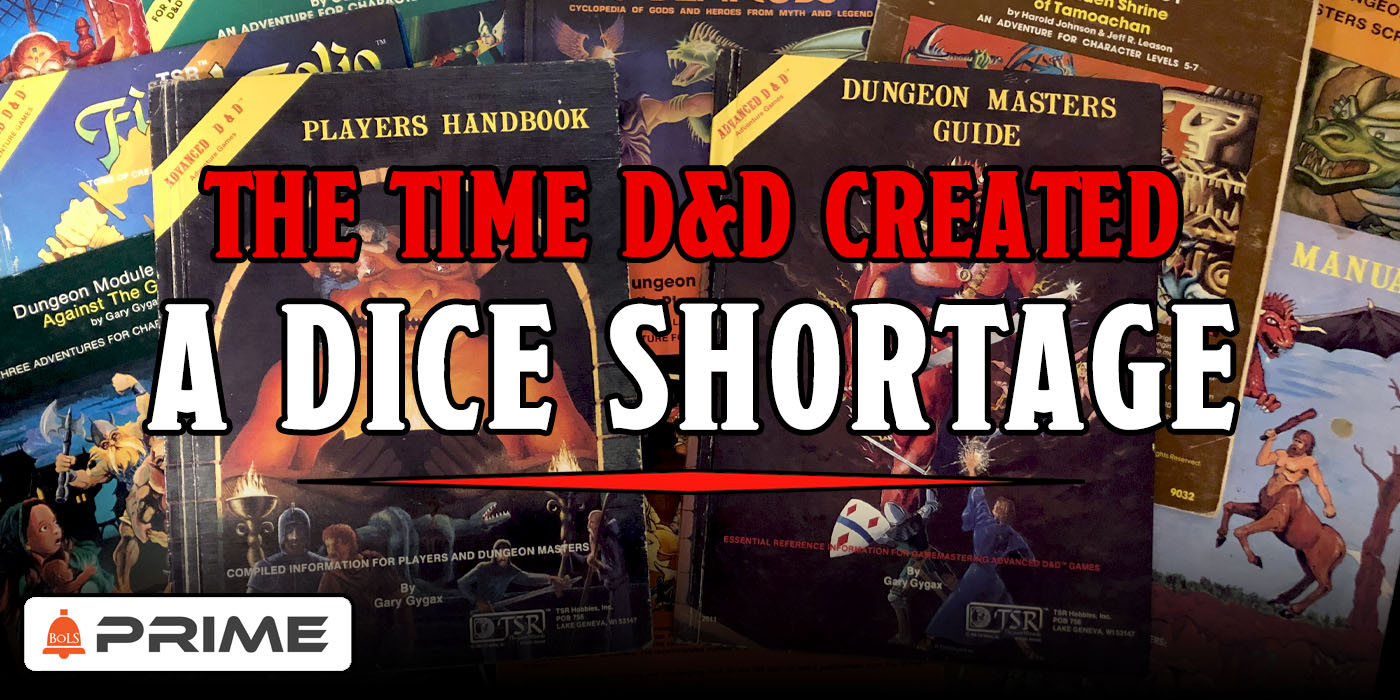
Dungeons & Dragons is a game that can turn on the roll of a die, but what do you do when there are no dice to be found? TSR in 1979 would find out.
The clatter of die against a hard surface is one of the iconic sounds of Dungeons & Dragons. Roleplaying games in general have become popular enough that an entire industry of dedicated makers and crafters are out there creating customized polyhedral dice which, outside of the occasional very clever board game, don’t really have a place except in a roleplaying game.
So prevalent are dice of all shapes, sizes, and materials, that you can find any number of individual dice artisans who will custom make for you a set of dice in any pattern you can imagine. To the point that if you use the phrase click-clack math rocks everyone knows exactly what you mean. We’ve come a long way from where dice began their life in roleplaying–when they looked an awful lot like this:
You had to color them in on your own because it was cheaper to get them made without ink. And you didn’t even have too many options, you couldn’t just walk into a store and stick your hand into an unsanitary tub full of dice. But even in the early days of D&D the craze for dice was there, so much so that, by the time TSR arrived at the fourth printing of D&D, if you picked up a boxed set of game rules you might find yourself the proud owner of a bag of six uncolored dice and a black or white wax crayon that you had to use to fill in the numbers.
It never worked very well. But little by little dice manufacturing became better and better. Even as early as 1972, game designers had need for specialized dice. Don Lowry, who is perhaps best known as the publisher of Chainmail and the editor of Panzerfaust Magazine became one of the As the , as the years went by, this became one of the first American suppliers of polyhedral dice.
These dice were used for different probabilities, as co-creator of D&D Gary Gygax wrote in an article titled Four & Twenty and What Lies Between, the polyhedral dice were perfect for identifying and resolving probabilities–which ended with Gygax famously declaring that “the most useful are the 20-sided dice.” They also happened to be one of the rarer dice out there.
And with D&D catapulting TSR to the forefront of gaming in America at the time, their focus on the d20 meant that there was a great deal of demand for the icosahedrons. And though the earliest editions of D&D use d20s and d6s more than any other shape, D&D became synonymous with polyhedral dice.
Now, for a brief interlude, let’s explain just how in demand D&D was. The copies of the game sold and sold quickly–TSR had to issue reprints of the game in multiple years their first four years in existence. Which meant that, depending on where you were in the country, and when you got into D&D, you might not be able to actually find and buy a copy of the rules. You needed a creative solution–and in the 1970s, this meant photocopiers. Because you could photocopy rules and have your own functional version of the booklets you needed close to hand.
What you can’t, photocopy, though, is dice. And so, in 1979 with supply rapidly outstripping demand, TSR watches helplessly as notices come in from manufacturers stating that they were out of dice. Making them as fast as they could just wasn’t enough. And so for a time, gaming experienced a shortage.
Imagine for a moment the sheer horror of realizing that your d20 is cursed and worthless and you can’t roll anything above a 5 with it. Ordinarily you’d just swap out to another die. But what if there were no other dice to switch too? Guess that’s why dice jails were invented. But TSR wanted to keep moving product, and they innovated, launching a whole run of D&D that came with a sheet of cardboard “dice chits” that you had to cut out and draw at random.
Nowadays you just grab a box full of Chessex, or order them by the pound. You can get dice of any shape and size, with special logos–I myself have a bone-themed set of dice for necromancy and other villainous type things. Truly, we live in a glorious era.

